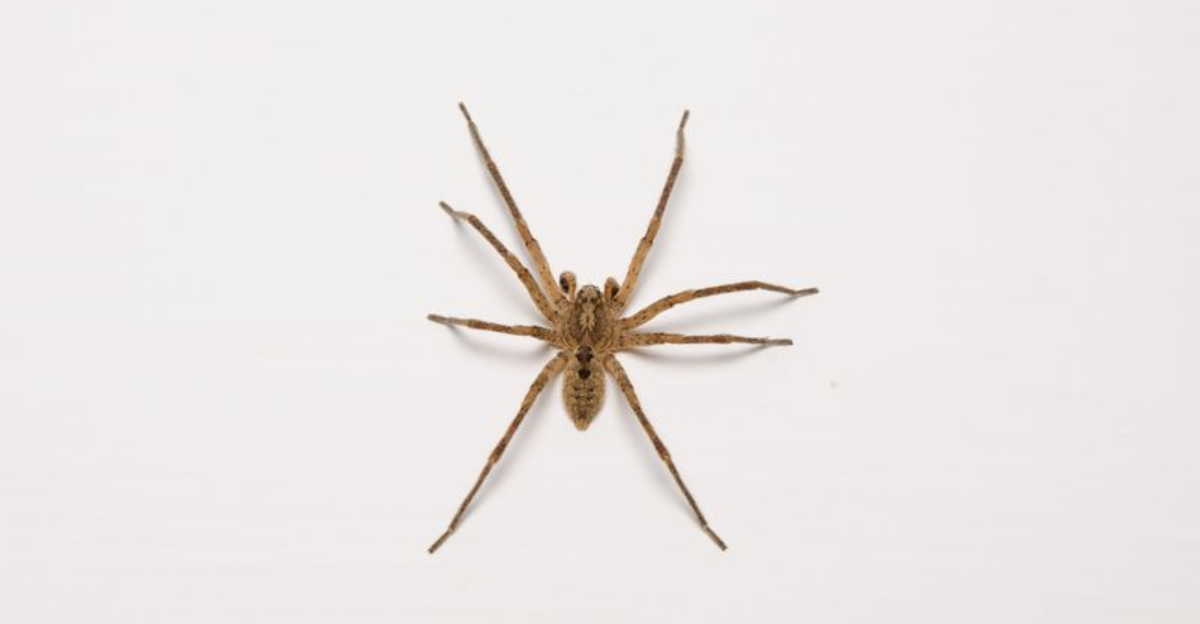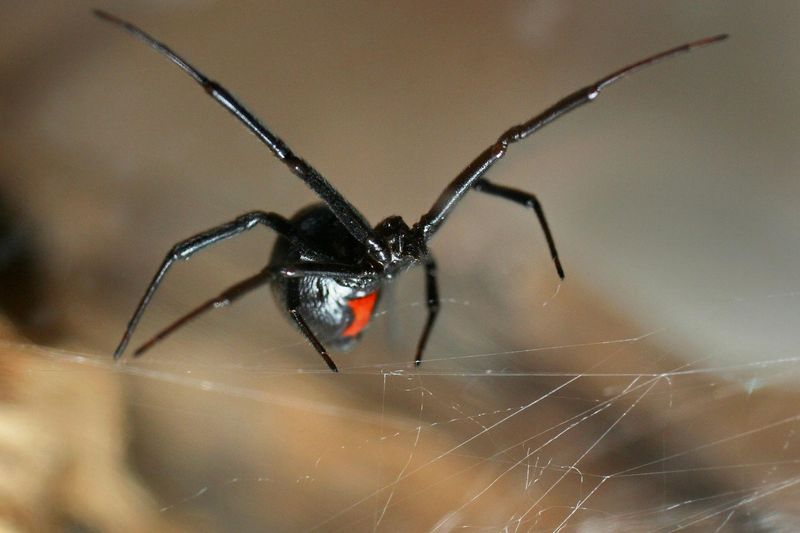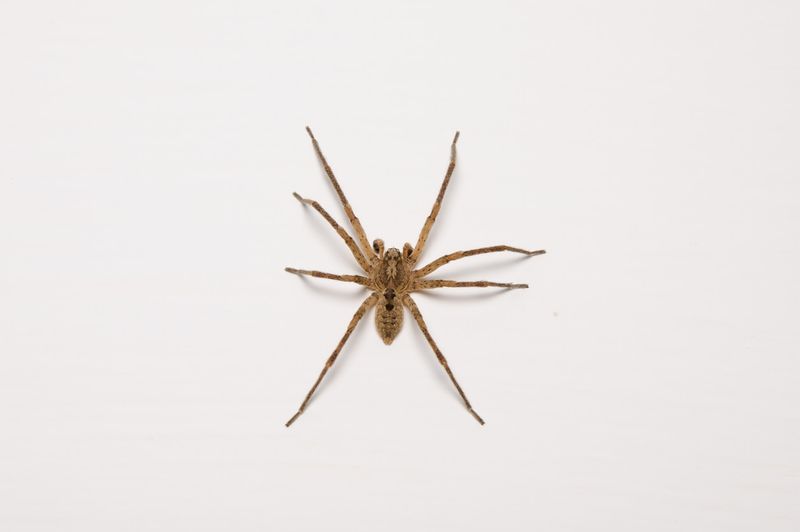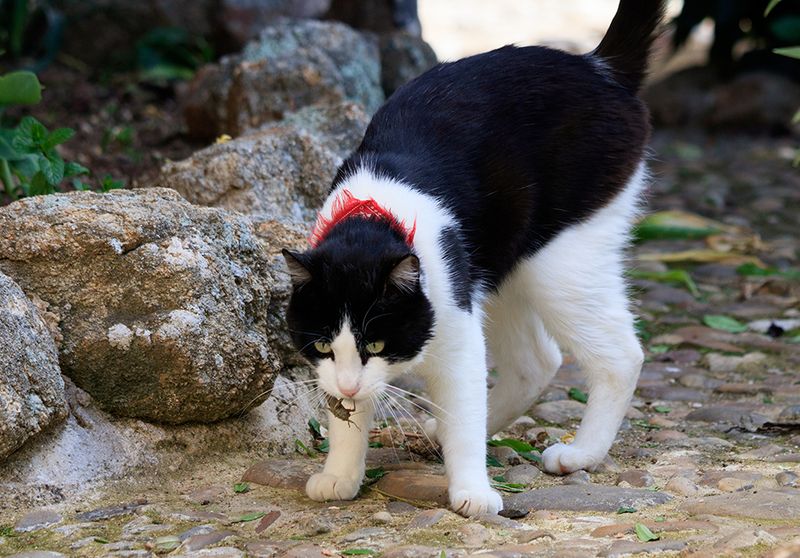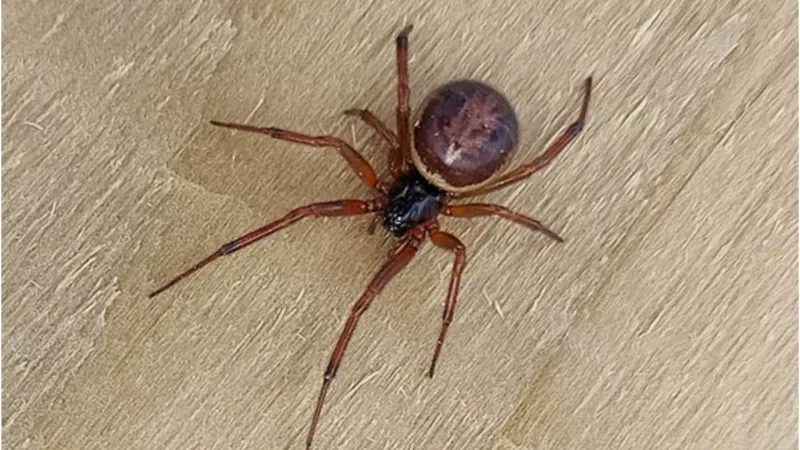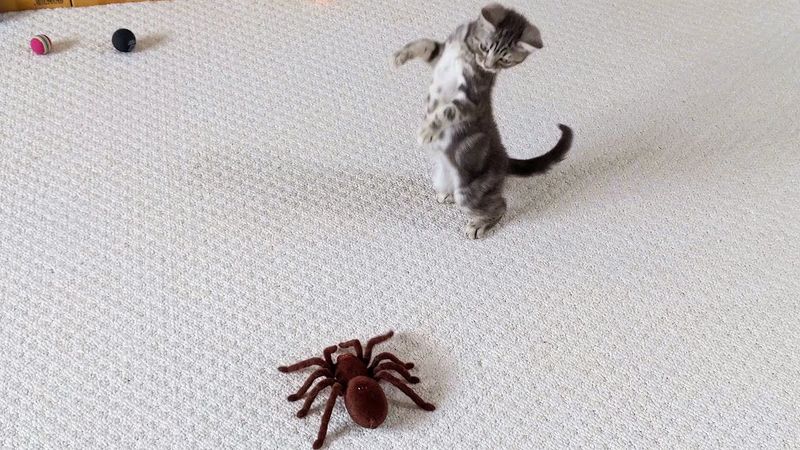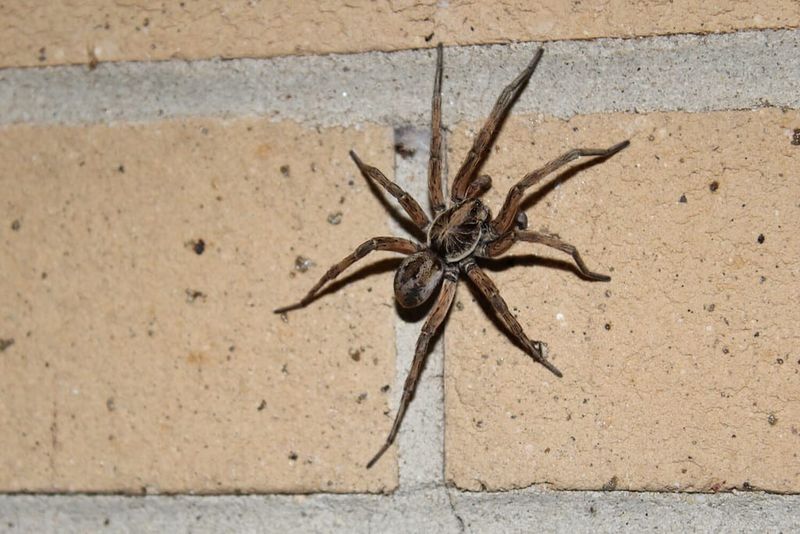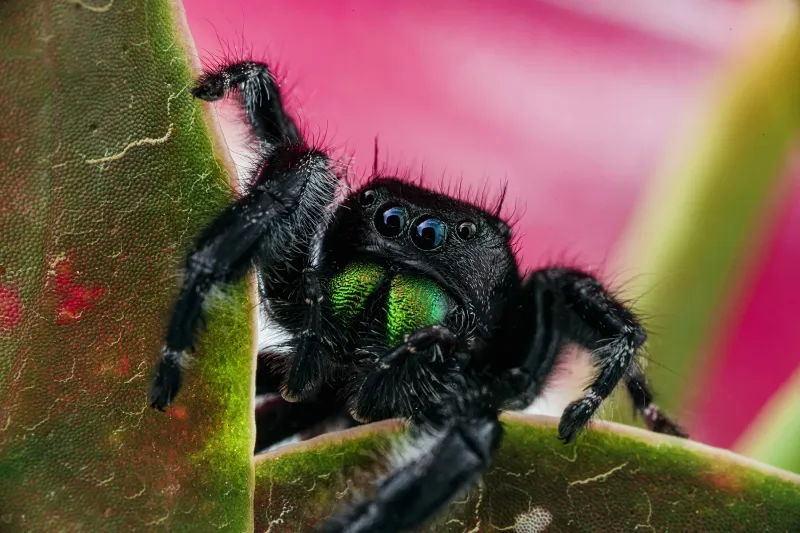📖 Table of Content:
Cats are naturally curious creatures, often chasing anything that moves—including spiders. While most arachnids are harmless to our feline companions, a few species carry venom potent enough to cause serious health issues. Understanding which spiders pose real dangers is essential for any pet owner who wants to ensure their cat’s safety both indoors and outdoors.
Encounters between cats and spiders usually end without incident, but the rare exceptions can have dire consequences. Certain venomous spiders, though reclusive by nature, will bite if they feel threatened—something that can easily happen during a cat’s playful exploration. The symptoms of spider bites in cats can range from mild irritation to life-threatening complications, depending on the species involved and the size and health of the cat.
In this guide, we highlight seven spider species that all cat owners should recognize. From the notorious black widow to the seemingly benign jumping spider, these examples showcase a range of risk levels and reactions. By knowing what to look for and how to respond, you can better protect your furry companion from unexpected dangers lurking in webs and corners.
1. Black Widow (Latrodectus spp.)
Despite their small size and shy behavior, black widow spiders are one of the most dangerous arachnids a cat can encounter. Their venom contains neurotoxins that disrupt nerve signals, leading to muscle tremors, intense pain, and potential respiratory failure. Cats bitten by a black widow may exhibit symptoms such as drooling, vomiting, and a wobbly gait—sometimes within an hour of the bite. The spider itself is easily identified by its shiny black body and distinctive red hourglass marking on its abdomen. While fatalities are rare with prompt treatment, a bite left untreated can escalate rapidly. Immediate veterinary care is critical to prevent severe outcomes. Preventive measures, like eliminating dark, undisturbed areas where black widows thrive, can go a long way in reducing the risk.
2. Brown Recluse (Loxosceles reclusa)
Unlike more obvious threats, brown recluse spiders often go unnoticed due to their plain brown color and secretive habits. These spiders deliver a venom that causes localized necrosis, which can develop into severe skin ulcers and systemic illness in cats. If bitten, a cat may appear lethargic, develop a fever, or show signs of intense pain near the bite site. The wounds can take days to surface, complicating timely diagnosis. Found mainly in the central and southern United States, these spiders prefer quiet storage spaces like closets or garages. Prompt identification and medical intervention are crucial, as the damage can progress quickly. Regular inspection and decluttering of potential nesting spots can help avoid unwanted encounters.
3. Hobo Spider (Eratigena agrestis)
Frequently mistaken for more dangerous species, hobo spiders possess venom that may cause tissue damage and secondary infections in cats. Bites from these spiders typically result in skin irritation that worsens over time, sometimes developing into necrotic wounds. While not considered as toxic as black widows or brown recluses, hobo spiders still pose a threat, especially if a cat is small or in poor health. These spiders are commonly found in the northwestern United States, often dwelling in basements, woodpiles, or foundation cracks. Affected cats may lick or bite at the injury, potentially worsening the wound. Monitoring for unusual skin lesions is key, particularly if your pet frequents known hobo spider habitats. Early veterinary treatment minimizes long-term complications and speeds recovery.
4. False Widow (Steatoda spp.)
Although not as notorious as their widow cousins, false widow spiders can still deliver a bite that causes noticeable discomfort in cats. Symptoms usually include localized swelling, pain, and in rare cases, muscle stiffness or tremors. These spiders are widespread in both North America and Europe, typically found in sheds, garages, or corners of the home. False widows have a bulbous body and dark coloring, sometimes with faint markings that resemble those of true widows. Their venom is less potent, but curious cats can still suffer if bitten during play or exploration. Reactions vary depending on the individual cat’s sensitivity to the venom. Keeping living spaces clean and spider-free can help prevent these mild but still distressing encounters.
5. Tarantulas
Contrary to their fearsome reputation, tarantulas are among the least dangerous spiders when it comes to cats. Their venom is mild and rarely causes more than slight discomfort, but the urticating hairs they release as a defense can irritate a cat’s eyes, nose, or mouth. Most reactions occur when cats paw at or bite these large spiders, prompting a defensive response. Affected cats may show signs like drooling, squinting, or pawing at the face. In some cases, a vet visit is needed to flush out hairs or treat inflammation. Tarantulas are typically kept as pets or found in desert regions, so exposure is limited but possible. Supervised interactions and careful handling can reduce risk if both species live under the same roof.
6. Wolf Spider (Lycosidae family)
Moving quickly and hunting without webs, wolf spiders can startle cats but generally pose minimal threat. Their bite can cause slight swelling, pain, or itching, but serious effects are uncommon. Found across North America, these spiders often enter homes in search of prey, hiding in baseboards or under furniture. Cats may be drawn to their erratic movement and pounce out of instinct. While a bite might cause temporary discomfort, most cases resolve on their own without veterinary intervention. Maintaining a tidy home can limit indoor sightings and reduce the chance of contact. Still, any unusual symptoms following a spider chase should be checked to rule out complications.
7. Jumping Spider (Salticidae family)
Known more for their agility than aggression, jumping spiders are virtually harmless to cats. Even if bitten—a rare occurrence given their timid nature—the effects are limited to mild redness or brief irritation. These small, colorful spiders are common in gardens and homes, and their presence rarely warrants concern. Cats may chase or even eat them without consequence. Jumping spiders are non-venomous to mammals and pose no real health risk. Despite their tiny size, they are often enjoyed by enthusiasts for their unique appearance and behavior. That said, keeping an eye on any reaction, however minor, is still good practice. If your cat behaves oddly after an encounter, a quick check-up may bring peace of mind.
